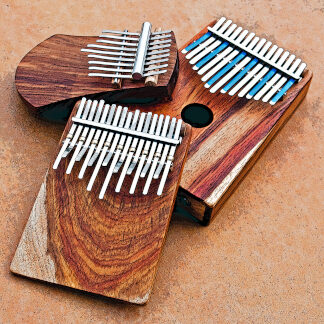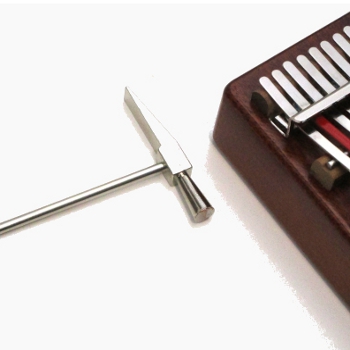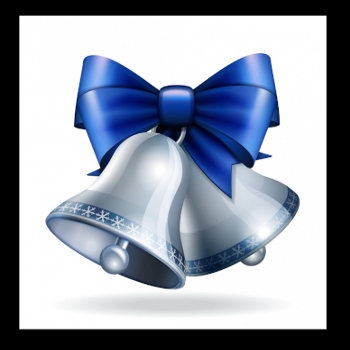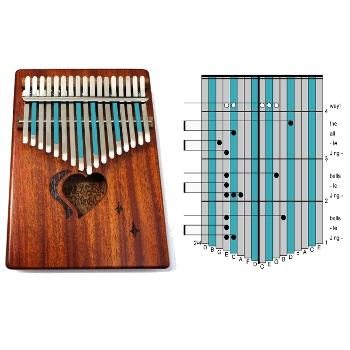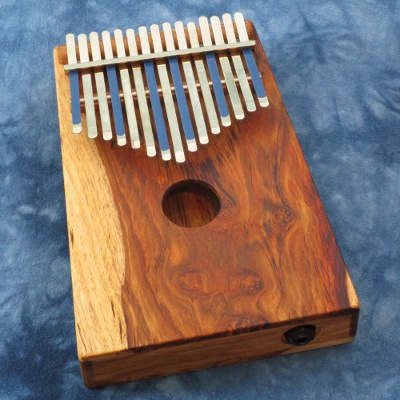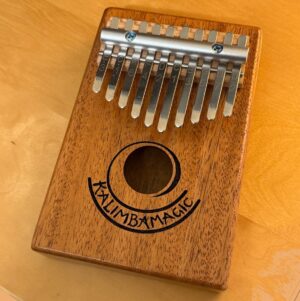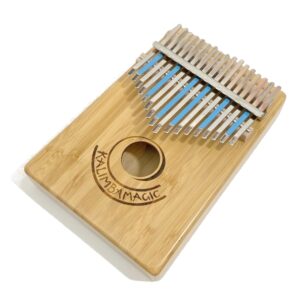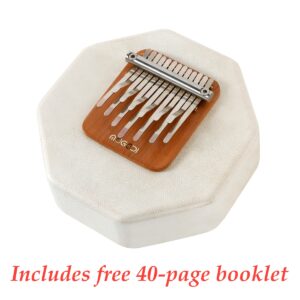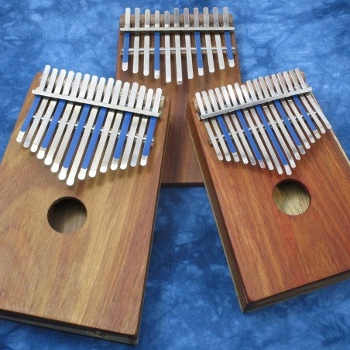
Why is the Kalimba Such a great instrument to play?
There are so many reasons to love it! Shop for Kalimbas, eBooks, and Kalimba Accessories I have been playing music since I was 8 years old – for almost 50 years. I did not discover the kalimba until I was 24 – about 34 years ago. I have played many different instruments, and though I love many of them, the kalimba is my favorite. It is the instrument that I have become most recognized for, and it is also the instrument that I make my living through. What are my reasons for loving playing the kalimba so much? The first reason why I love playing kalimba: It helps you
